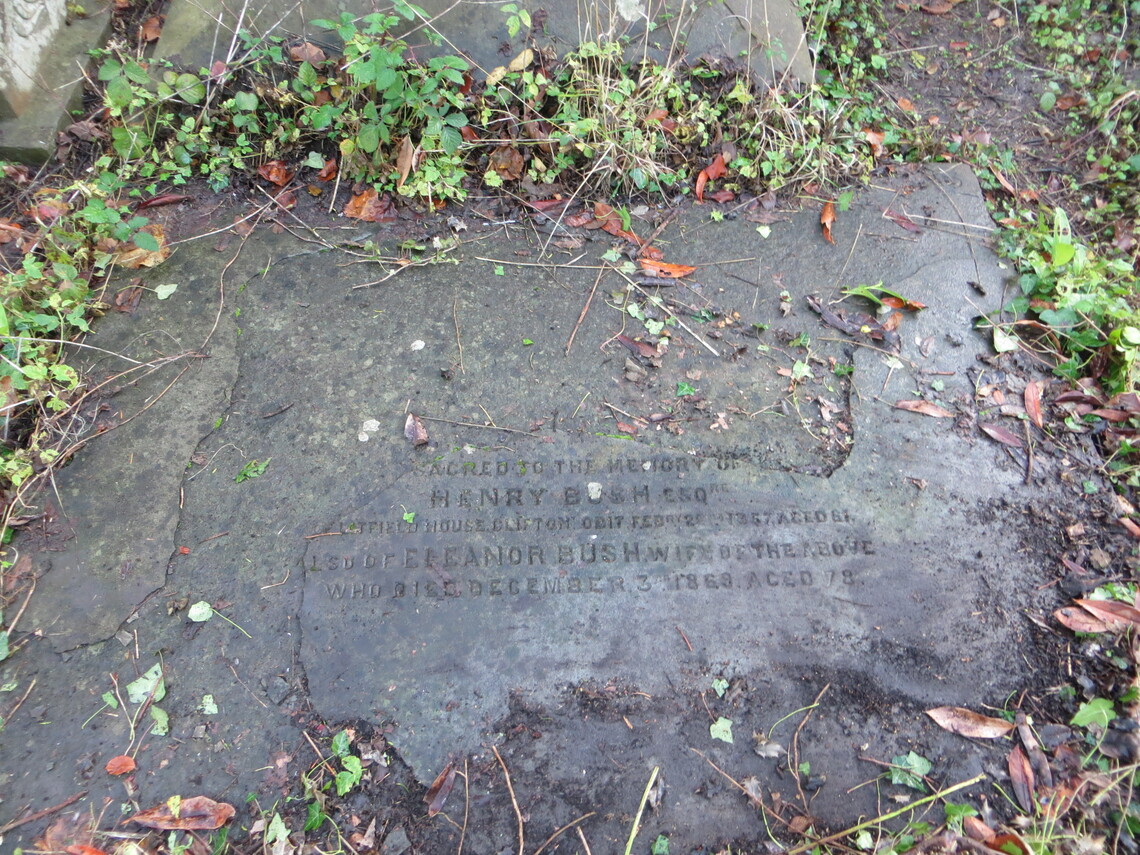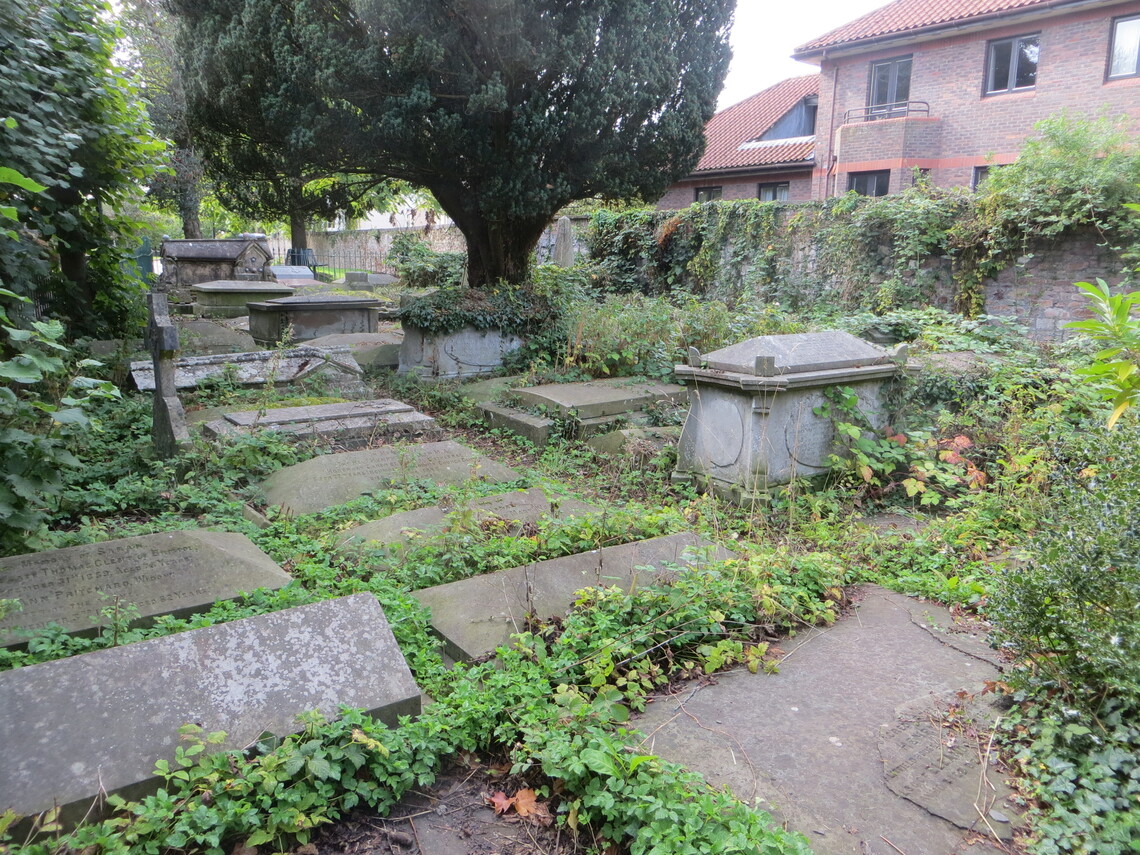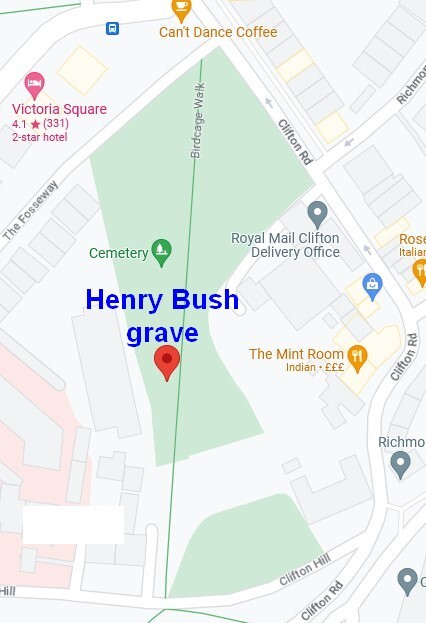On the west side of St Andrew’s Churchyard lies the grave of Henry Bush. Born into a powerful merchant family in 1796, Henry was to play a central role within the political and commercial changes that helped Bristol meet the challenges of the nineteenth century.
By the early 1820s the city was starting to lose trade to rivals such as Liverpool because the Corporation of Bristol levied excessive port dues on all goods crossing the wharves. Although members of the Corporation were officially “owners of the port and conservators of the river” they were indifferent to the damage the dues inflicted on trade and refused to consider reform.
In a bid to fight the Corporation’s intransigence and agitate for lower local taxes, independent merchants set up the Bristol Chamber of Commerce in 1823. Henry Bush was a leading member and in 1825, having analysed the Royal Charters on which the Corporation based its authority, he published a series of pamphlets arguing that it had no legal right to impose port levies. When the Corporation subsequently prosecuted him for non-payment of dues in 1828, Henry applied his research to refute the case against him point by point. Inevitably, the Corporation won the verdict, but its days were numbered and under the Municipal Corporations Act 1835 it was replaced by an elected City Council.
One of the first new Councillors was Henry Bush who served from 1835 to 1842, a period during which Bristol saw a burst of entrepreneurial activity. Henry himself invested in projects that promoted the city’s trade, such as The Great Western Railway Company and the Great Western Steam Ship Company. He also became a founding director of The Great Western Cotton Company, which was established in 1837 at a new site on the Feeder canal by a Manchester industrialist supported by Bristol merchants and bankers.
In 1843, Henry Bush was admitted into the Society of Merchant Venturers and from this date onwards he seems to have concentrated on charitable causes. He was involved in many of the Merchant Venturers’ charities, such as the Merchants’ Hall School, the Downs Committee and the Seaman’s Hospital. He was also a trustee of Dr White’s almshouses, the Clifton Suspension Bridge and the Committee for the Provision of Water to the Zoological Gardens.
Since 1832, Henry Bush and his family had lived at Litfield House on Litfield Place and it was here in 1859 that he died. Buried in a large double grave alongside his wife Eleanor, Henry Bush remains as notable in death as he had been in life.
The double size gravestone is badly worn, but still readable.
Bush grave is bottom right
Location of grave in the churchyard - the grave is best viewed from the central footpath. Be warned that walking among the crowded gravestones is muddy and slippy underfoot, with many potential trip hazards.


